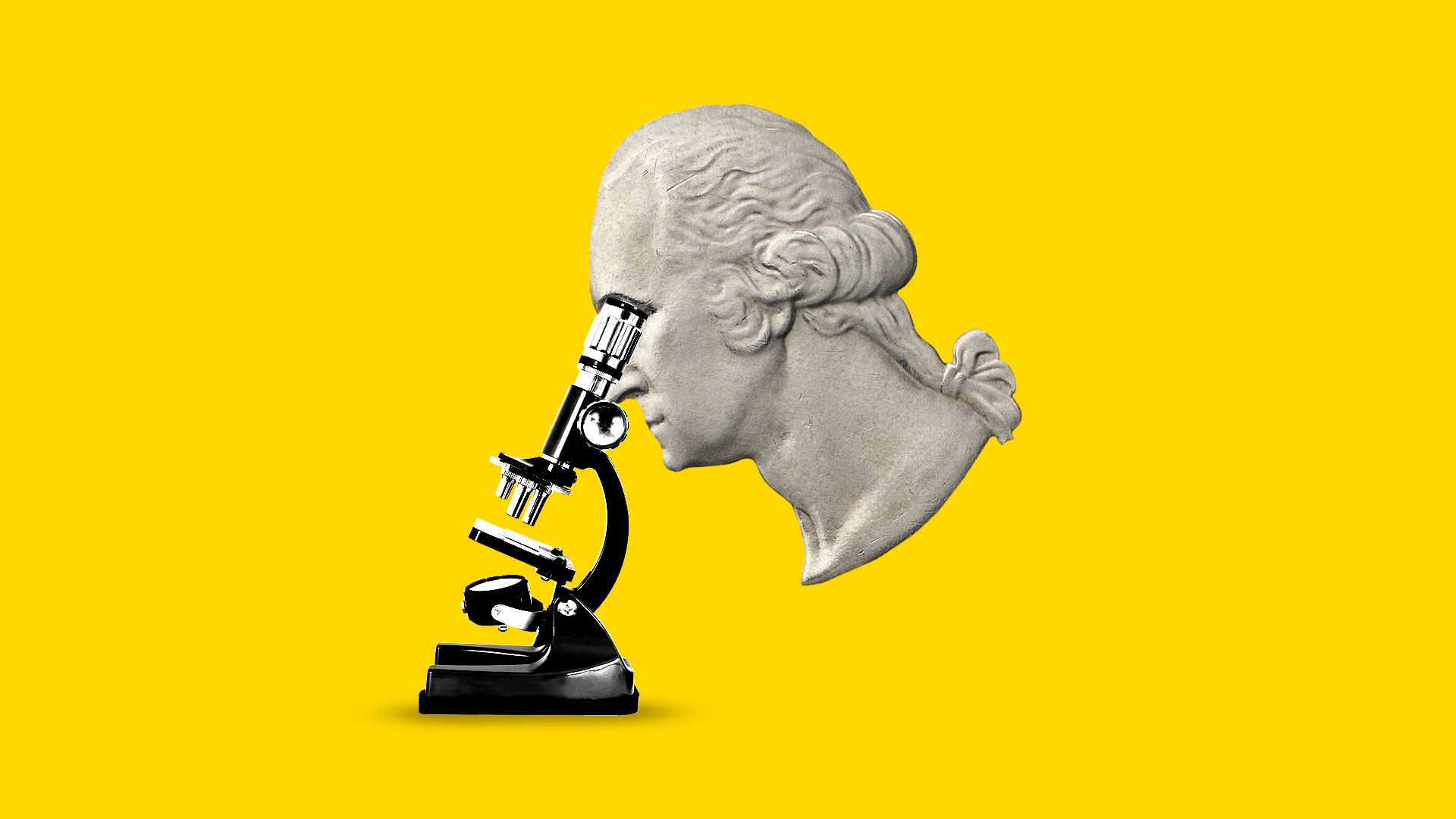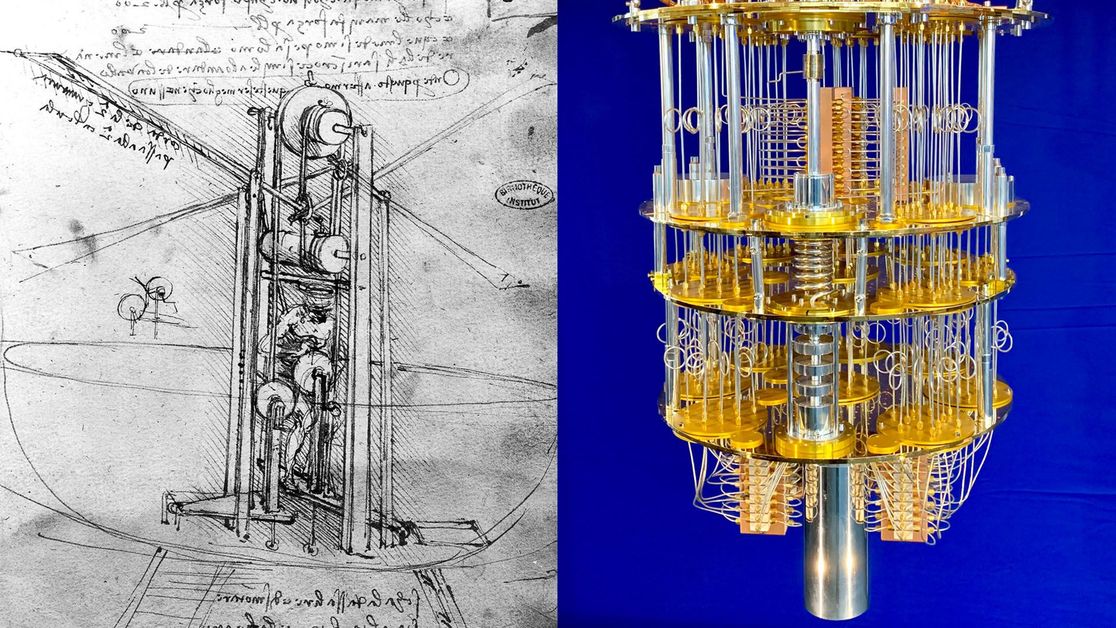| 1 big thing: Seeking a killer quantum app |
 |
Illustration: Rebecca Zisser/Axios
|
Attracted by promising advances, high-profile companies like BMW and Goldman Sachs are pouring investment money into quantum technology or hiring their own talent in a long-shot bet that the field will be big.
Writes Axios' Kaveh Waddell: Quantum computing is unproven, and even if it can be made to work at the levels experts think is possible, no one knows just how it might be used in business.
Driving the news: For three days this week, quantum nerds and businesspeople from 17 countries packed into the Computing History Museum — blocks from Google in Mountain View, CA — for the second-ever Quantum for Business conference.
The conference comes at a new stage for the field. Scientists studying the unusual properties of tiny particles have paved the way for early quantum computers developed by IBM, Google and other companies. These large, sometimes wacky-looking machines use lasers, supercooling and other tech to manipulate and measure these particles' behavior — the equivalent of how classical computers work with 1's and 0's.
But even early proofs-of-concept, and hybrid machines that marry quantum and classical computers, have prodded companies to nervously dole out cash to stay in the loop.
What's going on now:
Despite the business interest, an uncomfortable worry hovered over the conference. Several speakers fearfully invoked the artificial intelligence winter of the 1970s, when investment withered because AI didn’t live up to its promise.
|
| 2. Leonardo in the quantum world |

Left: Apic/Getty; Right: Kaveh Waddell/Axios
Since early, room-sized mainframes with whirling tape drives, computers have become more complex — while looking less remarkable by the year.
The exception: early quantum computers.
Kaveh writes: They look like something Leonardo da Vinci might have sketched in 15th century Florence and Milan.
Usually, these complex machines are hidden inside enclosures that shield them from interference and help keep them at temperatures hundreds of degrees below zero.
Go deeper: Gizmodo has more photos
|
.
Wednesday, December 13, 2017
quantum silicon valley coinference dec 2018 #br6 #theeconomist
friom axios 13 dec 2018
Subscribe to:
Post Comments (Atom)
No comments:
Post a Comment